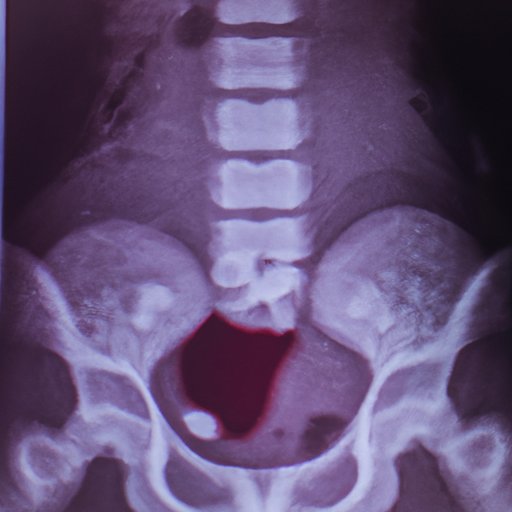
Introduction
Preeclampsia is a pregnancy-related condition that can affect women after 20 weeks of pregnancy. When a woman has high blood pressure, protein in urine, or other signs of organ damage, it may indicate preeclampsia. It is essential to recognize these signs early and get timely medical attention, as preeclampsia can lead to serious complications for both mother and baby.
Preeclampsia: The Hidden Dangers of Hypertension
Preeclampsia is often linked with hypertension, a condition in which a pregnant woman has abnormally high blood pressure. When a woman develops high blood pressure after 20 weeks of pregnancy, she might be diagnosed with gestational hypertension. However, if hypertension is accompanied by protein in the urine, it can be a sign of preeclampsia. Preeclampsia can lead to severe complications like placental abruption, organ damage, and even death.
Don’t Ignore These Warning Signs: Symptoms of Preeclampsia
High Blood Pressure and Proteinuria
High blood pressure is a common symptom of preeclampsia, and it can be defined as having a blood pressure of 140/90 or higher. Proteinuria is also a common sign of preeclampsia, which occurs when there is an excessive amount of protein in the urine. A doctor may diagnose preeclampsia if a pregnant woman has high blood pressure and proteinuria, and any other signs of organ damage.
Swelling and Sudden Weight Gain
Swelling, especially in the legs, hands, and face, is often associated with pregnancy. However, sudden and severe swelling accompanied by rapid weight gain can be a sign of preeclampsia. This can happen due to fluid collecting in the body, leading to an increase in blood volume and blood pressure.
Headaches, Dizziness, and Vision Changes
Headaches accompanied by dizziness and vision changes can be one of the warning signs of preeclampsia. A pregnant woman may experience visual disturbances like blurred vision, sudden flashes of light, or sensitivity to light. These symptoms can occur suddenly and may indicate severe preeclampsia, which is a medical emergency.
Abdominal Pain and Decreased Urine Output
Abdominal pain, particularly in the upper right part of the abdomen, can be a sign of severe preeclampsia. It may indicate liver involvement, which can lead to liver damage. Decreased urine output can also be a sign of preeclampsia and may be indicative of kidney damage.
What Every Expectant Mother Needs to Know About Preeclampsia Symptoms
It is essential for every expectant mother to have routine checkups during pregnancy. Regular prenatal care and checkups can help to recognize preeclampsia early, leading to timely medical attention. Women may be at increased risk of preeclampsia if they have a history of hypertension, preeclampsia in a previous pregnancy, obesity, or carrying multiple pregnancies. It is crucial to inform the doctor of any risk factors or symptoms of preeclampsia during pregnancy to ensure appropriate care is given.
A Comprehensive Guide to Understanding Preeclampsia Symptoms
In addition to the common symptoms, other warning signs of severe preeclampsia can include shortness of breath, nausea or vomiting, hyper-reflexivity, and rapid weight gain. It is also essential to have the support of family and friends who can help recognize the symptoms and take appropriate steps. Postpartum preeclampsia is a rare form of the condition, occurring within six weeks of delivery. As such, women should be aware of the warning signs even after delivery and inform their healthcare providers if they experience any symptoms.
Through personal experiences, mothers who have had preeclampsia can shed light on what the experience was like. These accounts can help other women understand the symptoms, recognize the warning signs and take necessary action if and when required.
Preeclampsia Symptoms: When to Call Your Doctor for Medical Care
Knowing when to seek medical attention for preeclampsia is essential. If a pregnant woman experiences any symptoms mentioned earlier, she should contact her healthcare provider immediately. Depending on the stage and severity of the condition, the mother and baby may require close monitoring and medical intervention. Post-treatment care may also be necessary to monitor blood pressure and follow-up on any further tests or medications.
Conclusion
Preeclampsia can be severe and life-threatening for pregnant women and their babies. It is essential to recognize and understand the symptoms of preeclampsia, the risks involved, and the necessary steps needed to minimize those risks. Expectant mothers need to be aware of the warning signs, monitor their physical conditions and inform their healthcare providers of any symptoms or risk factors present. By seeking out timely medical intervention and informed family support, expectant mothers can manage the challenges of preeclampsia successfully.





